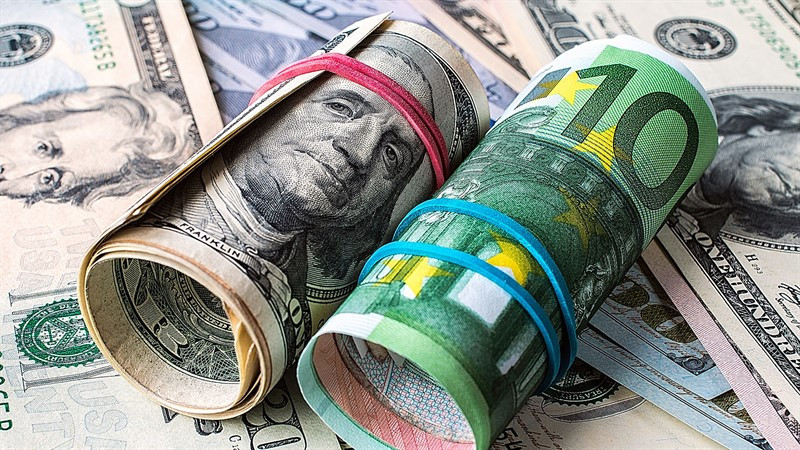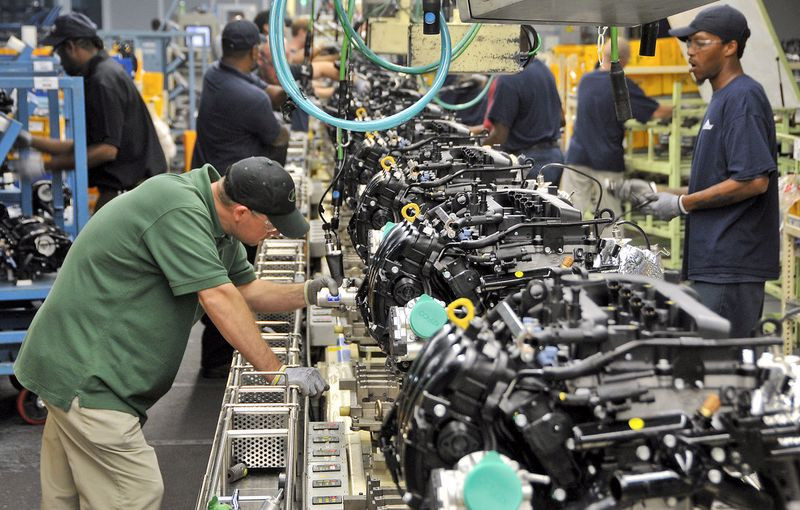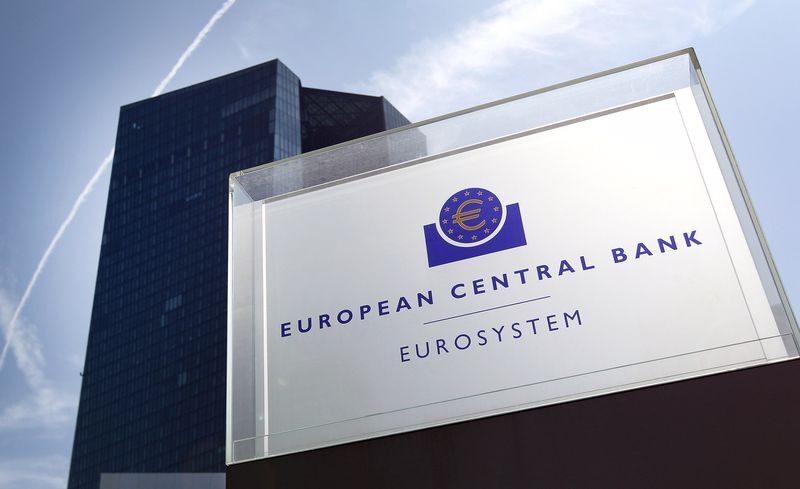
Over the past week, the struggle between the protective dollar and risky assets, led by US stocks and the euro, has been going on with varying success.
Futures on the main Wall Street indices were trading mainly in the green zone on Monday, although US exchanges were closed due to Memorial Day in the country.
Amid the prevailing demand for risk in market sentiment, the greenback reached a five-week low in the area of 101.30, pushing the EUR/USD pair to the highest values in more than a month in the area of 1.0786.
However, the dollar strengthened in all directions on Tuesday, reversing its recent decline and rising to 101.76, and the EUR/USD pair lost the points gained the previous day, dropping to 1.0733.
Record high inflation in Europe has fueled fears of a sharp rise in interest rates around the world.
At the same time, hopes that inflation may have peaked were undermined by oil prices, which jumped in response to the fact that European leaders agreed to a partial and phased ban on the supply of Russian oil to the region.
The US currency continued to push its main competitors on Wednesday, showing the biggest gain in a month and pushing the euro to 10-day lows around $1.0630 amid the continued sell-off of stocks on Wall Street, which fell by 0.5-0.8% during the day.
The market was undermined by the data that the ISM index of business activity in the US industry rose to 56.1 points in May from 55.4 points recorded in April. These data increased the likelihood of a more aggressive tightening of the Federal Reserve's monetary policy.
A separate report showed that the number of vacancies in the United States decreased in April from 11.85 to 11.40 million. However, the indicator remained at a high level, which indicates that wages are continuing to rise in the country, contributing to uncomfortably high inflation.
The dollar lost about 0.9% on Thursday, and the EUR/USD pair registered an impressive increase, rising to 1.0745.
Meanwhile, stocks soared, jumping by 1.3-2.7%, after ADP reported that employment in the private sector in the United States grew in May at the weakest pace since the beginning of the coronavirus pandemic, increasing by only 128,000 people.

The fact is that weak data may make the Fed less zealous with tightening monetary policy. Strong statistics can strengthen the central bank's determination in the fight against inflation, which is near the highs over the past 40 years.
However, the hopes of US stock market participants that the report from ADP is a harbinger of weak non-farms turned out to be in vain.
Official data on the US labor market released on Friday showed that there were 390,000 more people employed in the non-agricultural sector of the country, while analysts expected growth of only 325,000 after an increase of 436,000 in April.
Unemployment in the United States last month remained at the April level of 3.6%. The growth rate of hourly wages slowed to 5.2% in annual terms from 5.5% in April.
Although the pace of wage increases has slowed somewhat, they still remain too high for the Fed to stop tightening policy, strategists at Janus Henderson say.
"The data shows that inflation has probably passed its peak, but its pace is still unacceptable. As a result, the Fed's rate hike factor will remain, and it will continue to restrain the stock market until we see a further slowdown in inflation," they noted.
Key Wall Street indexes ended Friday's trading down by 1-2.5%.
"Good news is bad news. This reminds us that the Fed remains the main rocking factor, at least for investors' emotions," Nationwide analysts said.
"Given that wage growth continues to significantly exceed the pace corresponding to the Fed's 2% inflation target, this will not prevent the central bank from continuing to raise rates by 50 basis points at the next or two next meetings," Capital Economics believes.

Cleveland Fed President Loretta Mester called May's job growth "strong" but said the slowdown was a "good thing."
"We want to see some moderation, both in the growth of activity and in the labor market, to cool things down a bit. It is too early to say that this will change the way we look at politics: very, very high inflation remains the number one problem in the economy," she said.
Mester also said that unless she sees strong evidence of a reduction in inflation, which is now at 40-year highs and more than three times the Fed's 2% target, she is likely to support another 50 basis point hike in September.
Traders are betting that the Fed will eventually raise interest rates to 2.75-3% by the end of the year.
Better-than-expected US NonFarm Payroll data for May allows the Fed to continue tightening monetary conditions. This is good news for the dollar.
The greenback rose by more than 0.4% to 102.20 points on Friday, and in general it strengthened by almost 0.5% for the week.
The EUR/USD pair fell in tandem with the key Wall Street indices and lost about 0.25%, falling to 1.0718. It ended the last five days in a symbolic negative, having plunged by about 0.08%.
At the beginning of the new week, the euro remained in the background, despite the risk-friendly market conditions.
The main US stock indexes are growing moderately on Monday on the news from China.Thus, the index of business activity in the services sector of China, according to the Caixin business publication, rose to 41.4 points in May from 36.2 points a month earlier.
Although the indicator remains in negative territory, there are hopes for its return beyond 50 in the next couple of months after the country's regions come out of lockdown. In particular, the Shanghai authorities announced the further lifting of coronavirus restrictions as the epidemiological situation improves.
On Monday, the greenback managed not only to keep the points scored on Friday, but also to extend the growth to 102.45 points.
Meanwhile, the EUR/USD pair dropped below 1.0700 after previously reaching a local high at 1.0751.

The key event of this week will be the European Central Bank meeting, the results of which will be announced on Thursday.
The central bank will almost certainly announce that its bond purchases will end in the middle of the year, paving the way for a key rate hike in July.
Traders expect a 25bp rate hike next month, but speculation about a larger move has intensified and has been further fueled by inflation in the eurozone, which reached record highs in May.
The central bank governors of the Netherlands, Austria, Latvia and Slovakia say a 50bp rate hike should be an option.
Recall that inflation in the eurozone accelerated in annual terms to 8.1% in May, which is four times higher than the ECB's target of 2%.
ECB President Christine Lagarde's comments before the latest inflation data indicated a rise in the key rate by 25 bps, but also left the door open for more significant steps.
Even if this is true, by September the rate in the EU will be 0.5%, while in the US it will be 2%. This imbalance is the reason that the EUR/USD pair remains depressed.
In addition, there is reason to believe that the Fed's tightening cycle is based on more stable growth than in Europe, especially after the Russian oil embargo, which could damage the eurozone economy.
Another important event of this week will be the US inflation report for May. Analysts predict that the indicator will remain at the April level of 8.3%.
If, in fact, inflation turns out to be higher than forecasts, investors' expectations will shift towards a more active tightening of monetary policy in the United States. This will put pressure on stock prices and support the dollar, as investors will reduce the volume of risky assets in their portfolios, replacing them with protective instruments, ahead of the next FOMC meeting, which will be held next week.
In such a scenario, the greenback will have a chance to tip the scales in its favor again, and the euro risks prolonging the streak of failures.
The key support for EUR/USD is the 1.0680 level (23.6% Fibonacci retracement). If the quotes fall below this level, bears may show more interest in the pair, as a result of which the 1.0660 and 1.0620 marks will come into play.
On the other hand, the 1.0760 level is the initial obstacle before 1.0780, the end point of the upward trend that formed in the second half of May. When closing above the last resistance, EUR/USD may aim for the round level of 1.0800, and then at 1.0820 and 1.0870.





















